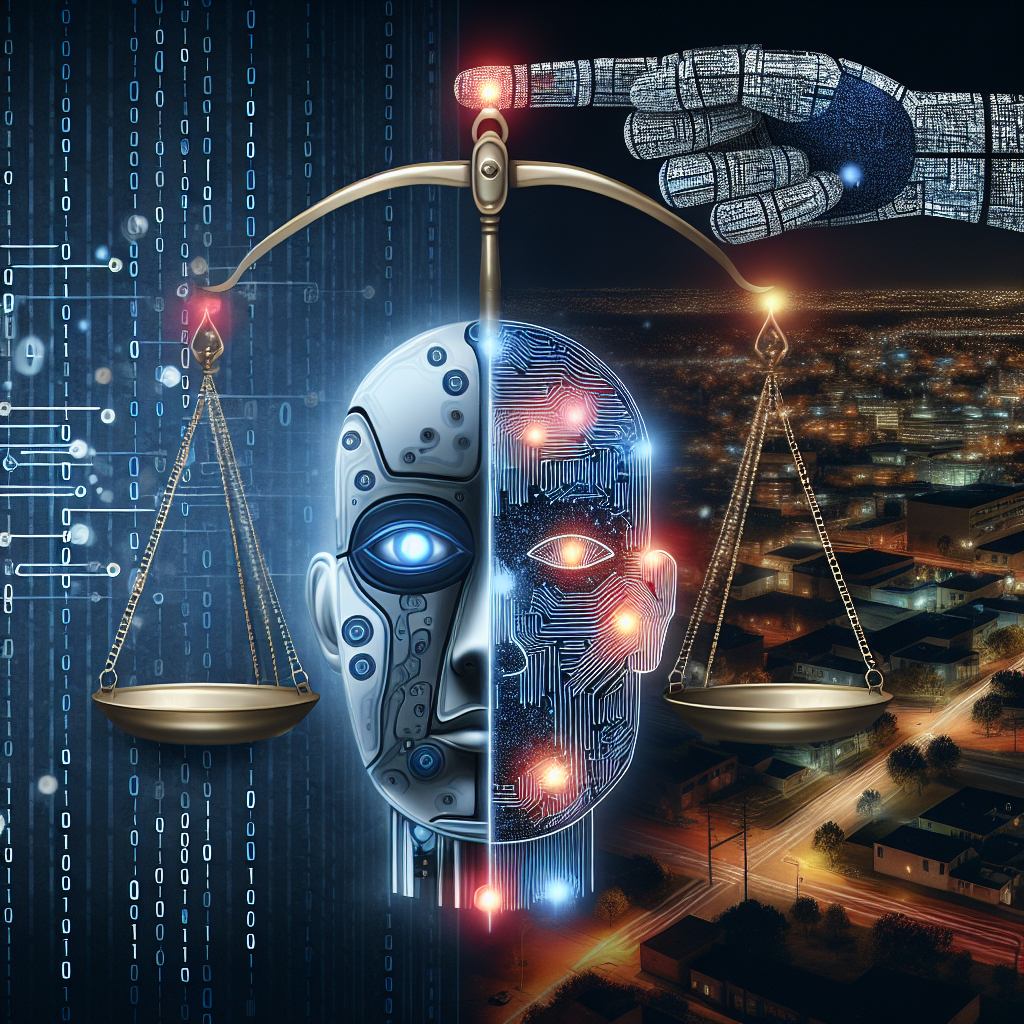Artificial intelligence (AI) has become an increasingly important tool in law enforcement, with the potential to revolutionize crime prevention and detection. However, as with any new technology, there are risks and challenges associated with its use in this context. In this article, we will explore the potential impacts of AI on crime prevention and discuss the ethical and legal considerations that come with its implementation in law enforcement.
One of the main benefits of AI in law enforcement is its ability to analyze vast amounts of data quickly and efficiently. This can help officers identify patterns and trends that may not be immediately apparent, allowing them to better predict and prevent crimes. For example, AI can be used to analyze crime data to identify high-risk areas or individuals, enabling law enforcement to allocate resources more effectively.
AI can also be used to enhance surveillance and monitoring capabilities, such as through the use of facial recognition technology. This can help law enforcement agencies track and identify suspects more easily, leading to faster and more efficient investigations. Additionally, AI can be used to analyze video footage from security cameras to identify suspicious behavior or objects, helping to prevent crimes before they occur.
However, the use of AI in law enforcement also raises concerns about privacy and civil liberties. Facial recognition technology, in particular, has come under scrutiny for its potential to infringe on individuals’ rights to privacy and freedom of movement. There are also concerns about the potential for bias in AI algorithms, which could lead to discriminatory outcomes in law enforcement practices.
Another risk associated with AI in law enforcement is the potential for misuse or abuse of the technology. For example, there have been cases where AI algorithms have been used to target specific groups or individuals based on biased or flawed data. This can lead to unjust outcomes and undermine trust in the criminal justice system.
Additionally, the use of AI in law enforcement raises questions about accountability and transparency. When decisions are made by AI algorithms, it can be difficult to determine how those decisions were reached and who is ultimately responsible for them. This lack of transparency can make it challenging to hold law enforcement agencies accountable for their actions and decisions.
Despite these risks, many law enforcement agencies are increasingly turning to AI to help them prevent and solve crimes. In some cases, AI has been shown to be more effective than traditional methods of crime prevention, leading to faster and more accurate results. However, it is important for law enforcement agencies to carefully consider the potential risks and ethical implications of using AI in their operations.
In conclusion, the use of AI in law enforcement has the potential to revolutionize crime prevention and detection. However, there are risks and challenges associated with its implementation, including concerns about privacy, bias, accountability, and transparency. It is essential for law enforcement agencies to carefully consider these risks and to develop policies and procedures that mitigate them effectively.
FAQs:
Q: How is AI currently being used in law enforcement?
A: AI is being used in law enforcement in a variety of ways, including analyzing crime data, enhancing surveillance capabilities, and identifying suspects through facial recognition technology.
Q: What are some of the risks associated with the use of AI in law enforcement?
A: Risks associated with AI in law enforcement include concerns about privacy, bias, accountability, and transparency.
Q: How can law enforcement agencies mitigate the risks of using AI?
A: Law enforcement agencies can mitigate the risks of using AI by implementing policies and procedures that address concerns about privacy, bias, accountability, and transparency.
Q: What are some of the benefits of using AI in law enforcement?
A: Some benefits of using AI in law enforcement include the ability to analyze data quickly and efficiently, enhance surveillance capabilities, and improve crime prevention and detection efforts.

